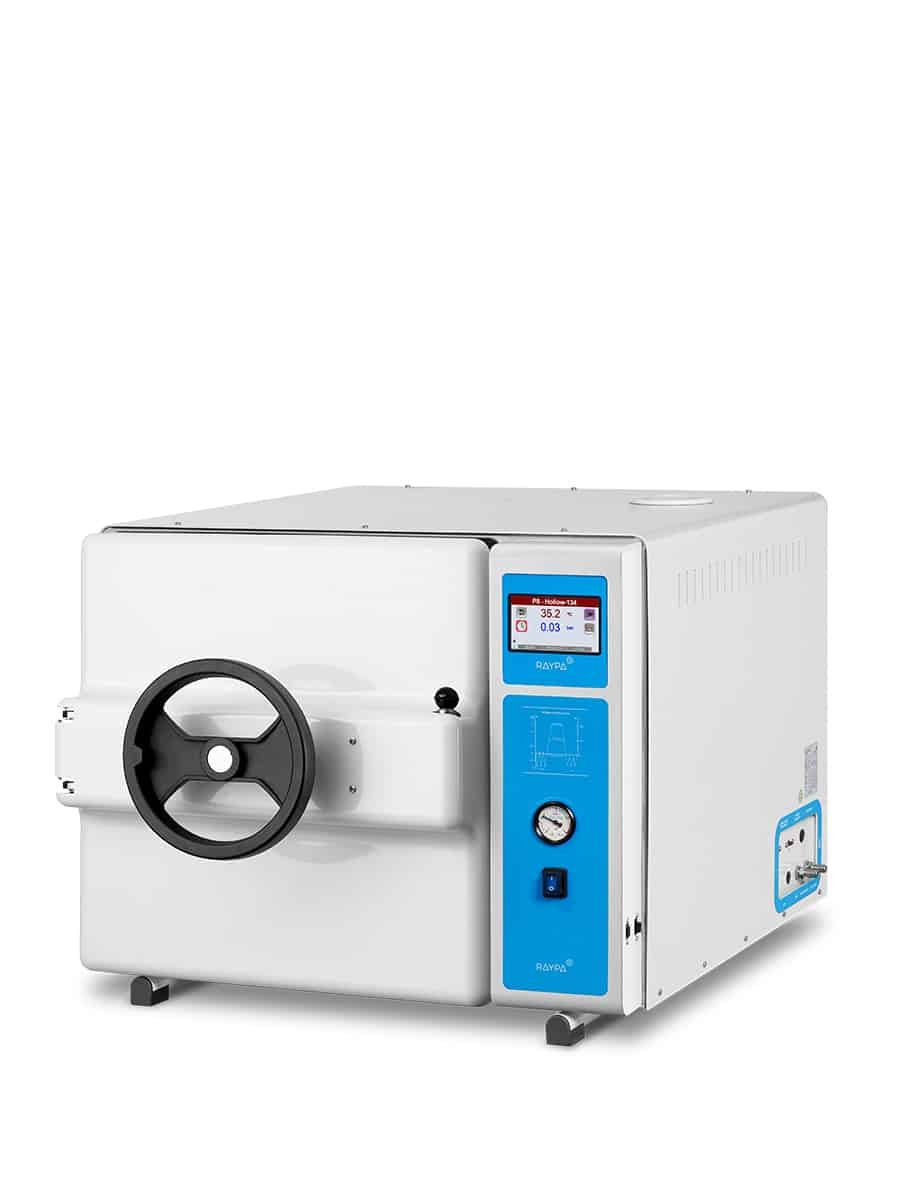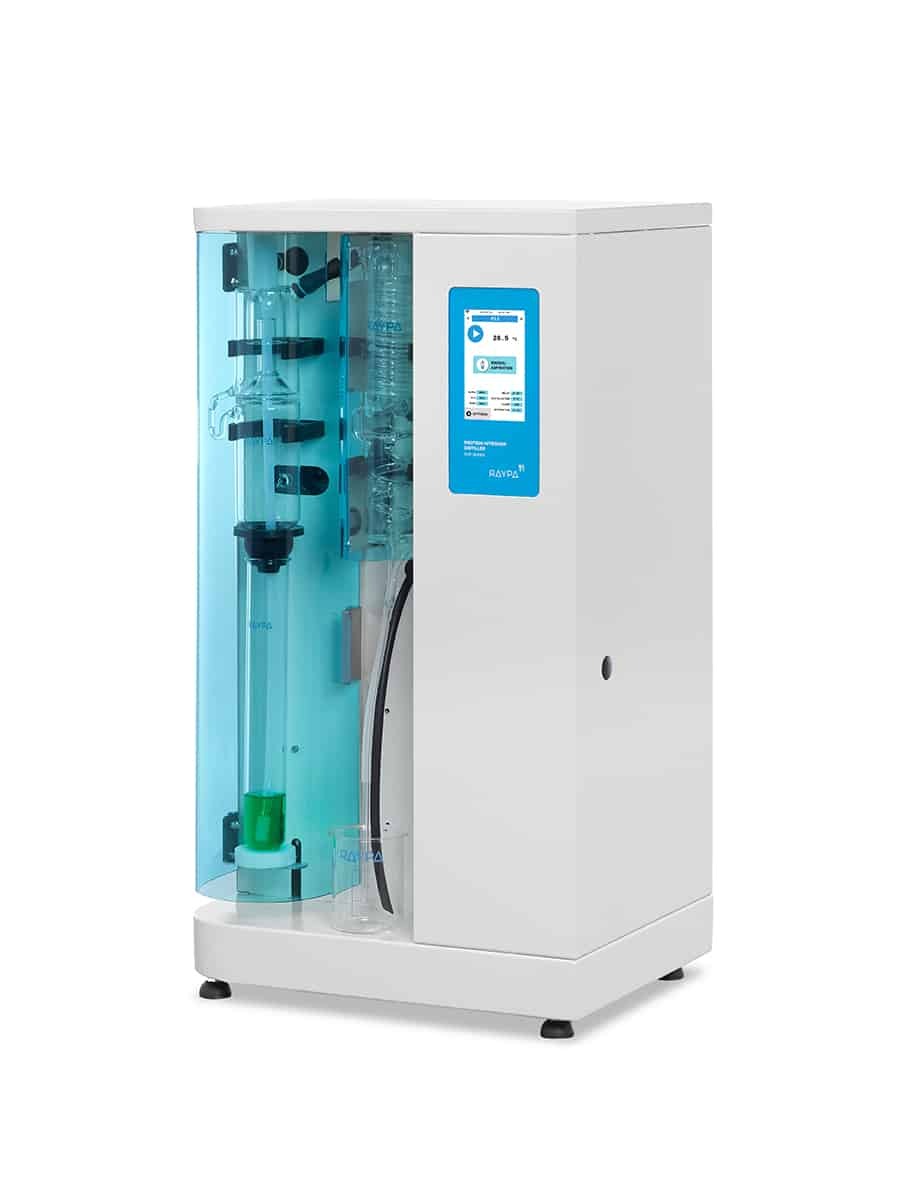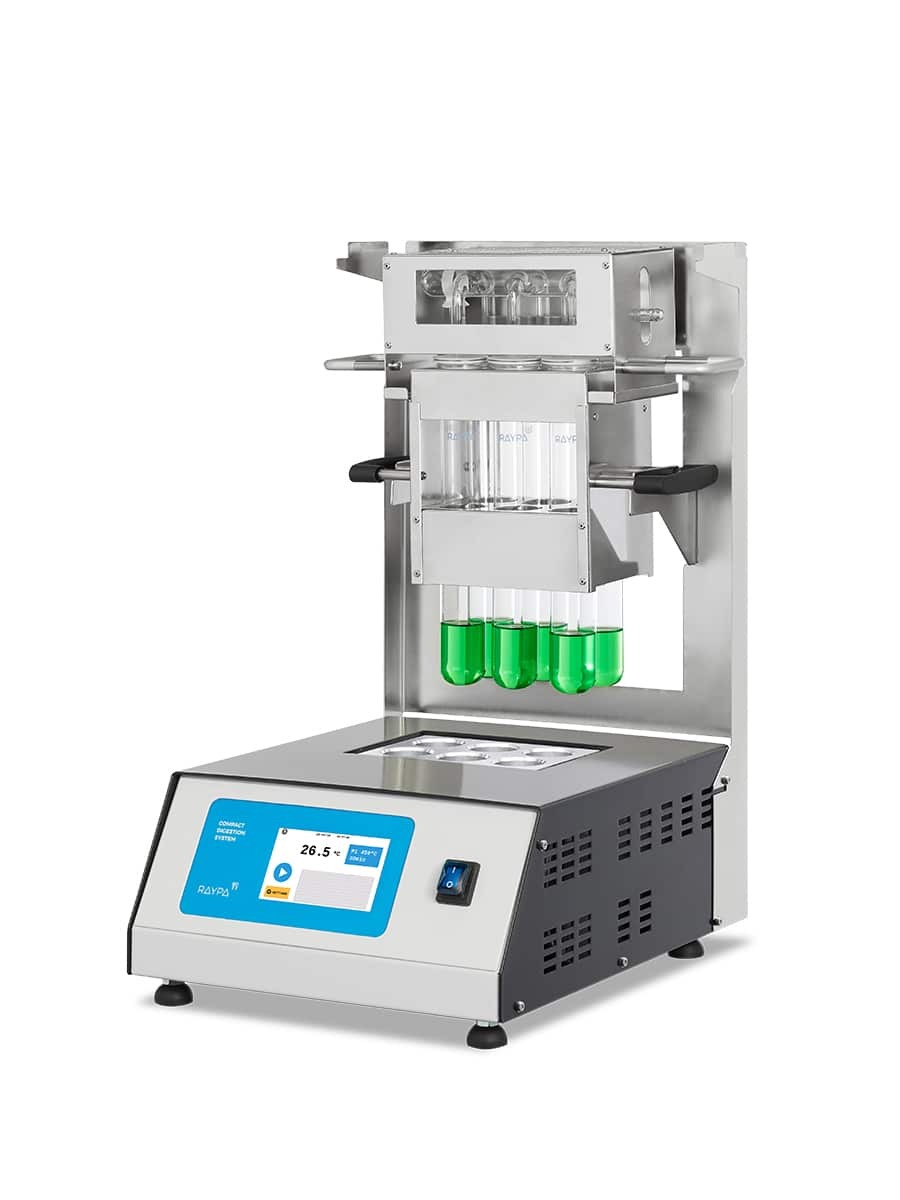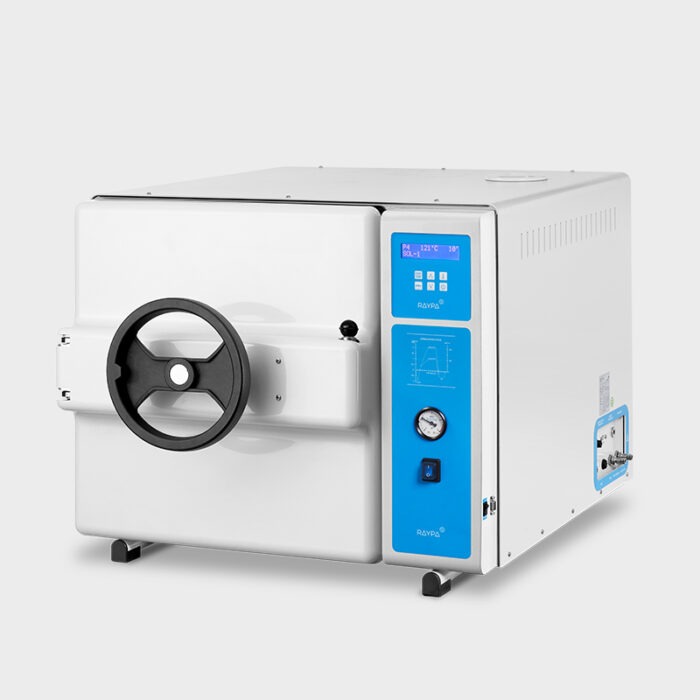Laboratory autoclaves for sterilization processes
In diverse laboratory settings, including those dedicated to healthcare, scientific research, industrial processes, and food safety, the utilization of autoclaves represents a very popular methodology for the eradication of microbial entities from laboratory apparatus, specific consumables, and instruments. The spectrum of items compatible with autoclave sterilization encompasses vitreous and plastic instruments, culture media, a wide variety of metallic instruments, waste bags, and even the specialized garb employed within the laboratory environment.
A laboratory autoclave sterilizes instruments and consumables by generating steam at very high temperatures and pressure, typically ascending to 130-135 degrees Celsius (266-275 degrees Fahrenheit) and 3 bars. This method induces the evaporation of water and the denaturation of microbial proteins, leading to the effective eradication of the microorganisms
It should be noted that certain exceptions exist. Some microorganisms, including prions and spores, exhibit resistance to conventional sterilization techniques owing to their capacity to endure elevated temperatures. Nevertheless, the implementation of more stringent sterilization cycles can guarantee their elimination.
Steam is released into a sealed, pressurized chamber where the items to be sterilized are placed. However, before placing them inside, they must undergo appropriate preparation and arrangement to ensure optimal exposure to the sterilization process.

To this end, materials designed for use in laboratory autoclaves are required. For instance, consumable waste needs to be contained within specially designed autoclavable plastic bags.
Proper processing of the load is crucial. To facilitate this, control tapes designed for autoclaves are employed. These tapes are embedded with a chemical indicator that alters its color upon exposure to the sterilization temperature for a predetermined duration, due to the heat-sensitive nature of these indicators.
Additionally, biological indicators, such as spore tests, are utilized to assess the efficacy of a sterilization process.
The duration required for a lab autoclave to fulfill a sterilization cycle is variable, primarily contingent upon the specific application, the model of the autoclave, and the conditions under which sterilization is conducted. Nonetheless, in the majority of instances, the sterilization phase is expected to span approximately 15 to 20 minutes.
Due to their characteristics and method of operation, autoclaves are not suitable for sterilizing paper or various form of plastics. Consequently, it is imperative to ascertain the compatibility of any instruments with plastic components for autoclave sterilization prior to their placement within the device. Objects made of polypropylene, however, are compatible with sterilization in lab autoclaves.
How does a lab autoclave work?
Lab autoclaves are constructed from stainless steel to withstand high temperatures and pressures without succumbing to corrosion or deformation through successive uses. The best manufacturers work with special alloys such as AISI-316L steel, renowned for its superior durability and resistance. Furthermore, they must be completely hermetic and equipped with devices that monitor the pressure and temperature levels reached within the chamber where the instruments to be sterilized are placed.
Once the instruments are adequately prepared, they are positioned within the chamber. Often, this involves a vertical laboratory autoclave, which is characterized by a door located at its top.
Once the door is closed, the sterilization cycle initiates with the removal of air from the chamber. This is achieved through the autoclave’s purging system, which operates either through gravitational forces or mechanically via a vacuum pump. Subsequently, saturated steam is introduced both within and throughout the load to ensure comprehensive sterilization.
The laboratory autoclave continues this process until it reaches the necessary pressure and temperature for sterilization to occur. At this point, both the pressure and temperature must be maintained steadily until the complete sterilization of all objects is achieved.
Following the sterilization phase, the lab autoclave transitions to drying the materials. This is facilitated by the activation of its heating jacket, which, in conjunction with the generation of a sustained vacuum, effectively removes moist air from the chamber. The synergistic effect of these mechanisms ensures the thorough drying of the sterilized instruments and objects.
Upon completion of the drying process, the load is left to cool until the instruments attain a temperature that is safe for handling. It is only at this juncture that the door is unlocked. Subsequently, the door can be opened to remove the items, which at this point are both perfectly sterilized and entirely dry.
These are the fundamentals of the sterilization process in a lab autoclave.
The parameters such as duration, temperature, and pressure for each phase of the sterilization process need to be meticulously managed, taking into account the nature of the items being sterilized, the urgency of the process, and the specific application of the sterilized items. Despite these variations, the procedural sequence post-loading into the chamber remains largely consistent across most scenarios. Understanding the characteristics of the load and determining the appropriate settings for sterilization in each instance are crucial. Once these factors are established, it is a matter of allowing the process to run and wait the necessary time.
Laboratory autoclaves of certified quality
At RAYPA, we offer a wide range of autoclaves of certified quality for laboratories. Our product catalog features an extensive variety of models from both the Classic Line and Top Line range. Designed for ease of use, our lab autoclaves feature intuitive controls and advanced safety features, enabling thorough traceability of the sterilization process.
Their robust construction, outstanding value and straightforward installation make them an exceptional choice for sterilization in laboratories.
In addition to the variety of models, there is a wide range of accessories available to be equipped, including baskets, trays, transport trolleys and basket lifting cranes.

Realiability of sterilization equipment is essential for conducting successful assays and experiments within research environments, and for maintaining high-quality standards in healthcare environments. That is why all our laboratory autoclaves have been designed and built entirely in our facilities in Barcelona for more than 45 years, a testimony of our quality and experience.
This equipment undergoes extensive testing to ensure its quality and to comply with the most stringent regulations and standards, including the European Pressure Equipment Directive (PED). By adopting this approach, we pursue the highest levels of production excellence and ensure the safety of our products.
At RAYPA, we provide comprehensive solutions tailored to meet our customers’ sterilization requirements. With our wide selection of laboratory autoclaves and the expert advice of our team, we assist you in finding the equipment that best suits your requirements.
For more detailed and customized guidance on choosing the ideal autoclave for your laboratory, do not hesitate to reach out to our experts. Working together, we can identify and provide a solution that ensures both efficiency and safety in all your sterilization operations.
Why RAYPA?
GLOBAL REACH
With half a century of experience, we have a lengthy list of satisfied customers around the world. Currently, we export 85% of our annual turnover and have a stable network of distributors in over 100 countries.
EFFICIENT TECHNICAL SERVICE
Our team of highly qualified technicians and engineers is expert in our products. If you experience a technical issue, it will be our priority to rectify it. When you purchase a RAYPA unit, you’re guaranteed top-level support and technical assistance.
EXPERT MANUFACTURER
RAYPA is a global leader in manufacturing laboratory autoclaves. Each of our autoclaves is designed and built entirely at our facilities in Barcelona, ensuring the highest levels of production excellence.
FULL AND CUSTOMIZABLE RANGE
We offer an extensive portfolio of laboratory autoclaves to cover multiple applications and market segments. Discover the combination of autoclave model and accessories that best fits your needs within our 11 series and 35 available models.
INNOVATION AND QUALITY
Our products feature advanced technology, ongoing innovation, superior construction quality, and are designed for a long service life. Our technical and engineering staff works tirelessly every day to optimize our products and exceed our customers’ expectations.
COMPREHENSIVE CONSULTATION
Our team of specialists assesses each project and provides guidance to clients on the option that best suits their requirements. After the sale, we offer training on the use and recommended maintenance of each unit to ensure its optimal operation and extend its lifespan.

















